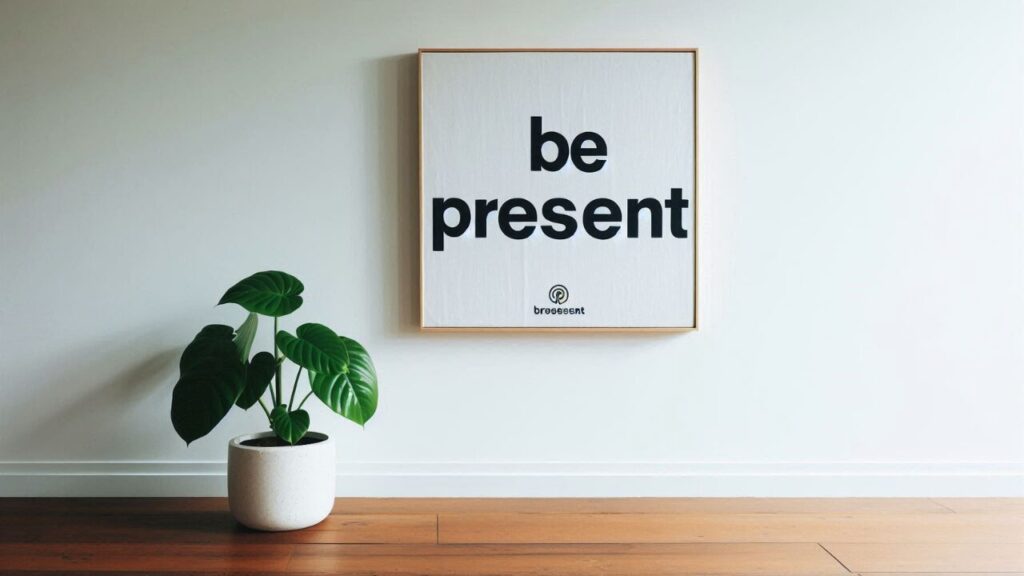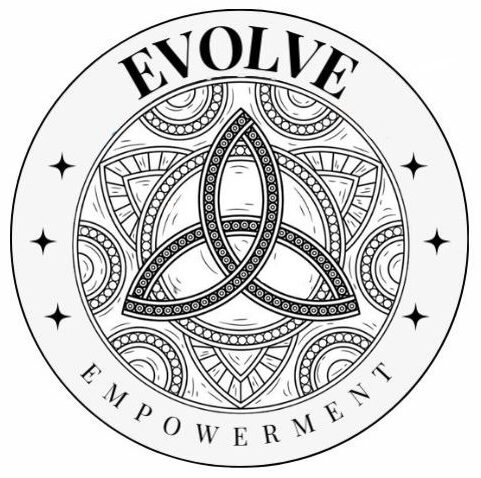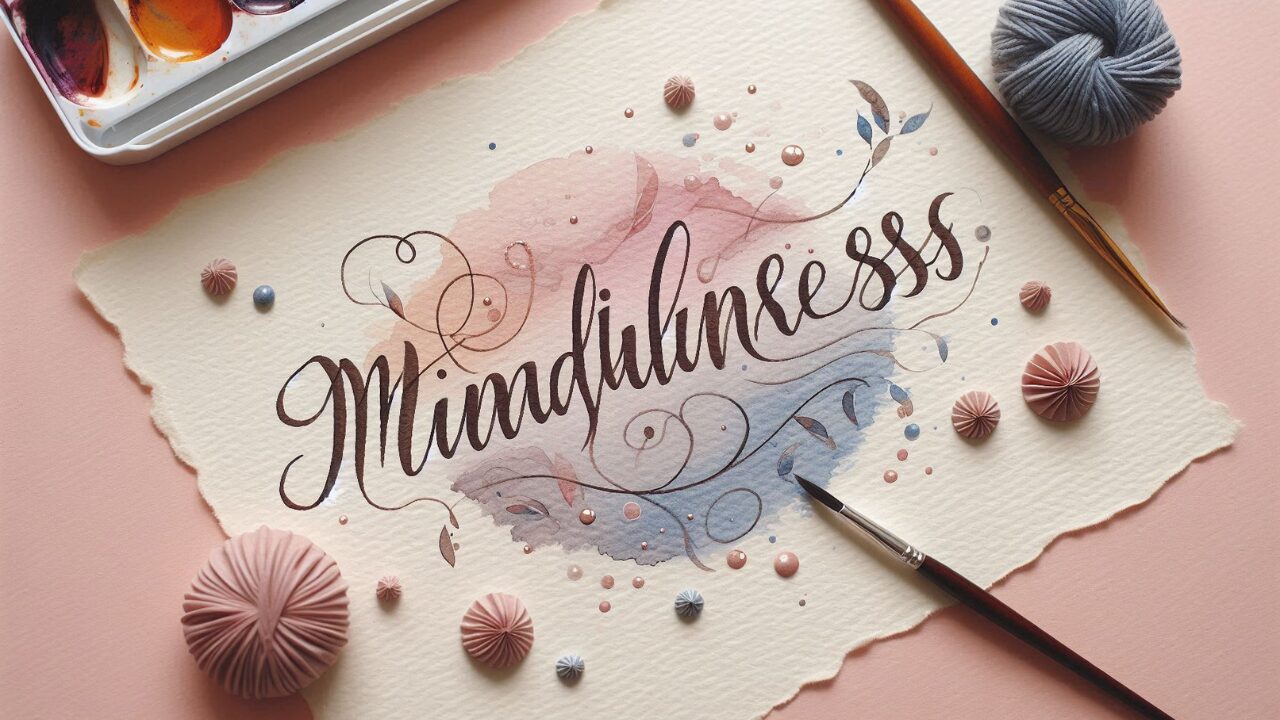In an increasingly fast-paced world, mindfulness offers a way to reconnect with the present, reduce stress, and improve overall well-being.
Building a personal mindfulness routine is not just about finding time for quiet reflection but about integrating practices into daily life to foster awareness, balance, and clarity.
Understanding Mindfulness and Its Benefits.
Defining Mindfulness and Its Origins.
Mindfulness is the practice of consciously focusing your attention on the present moment without judgment.
It encourages individuals to observe their thoughts and feelings rather than react to them impulsively.
Rooted in Buddhist meditation, mindfulness has evolved into a secular practice, particularly through the work of pioneers like Dr. Jon Kabat-Zinn, who introduced Mindfulness-Based Stress Reduction (MBSR).
The Science Behind Mindfulness.
Research demonstrates that mindfulness reshapes the brain.
Neuroscientific studies show that consistent mindfulness practice increases grey matter density in areas of the brain associated with memory, learning, and emotional regulation, like the hippocampus.
It also reduces activity in the amygdala, the brain’s stress-response center, which helps lower anxiety and improve emotional resilience.
Mental Health Benefits of Mindfulness.
Mindfulness fosters emotional stability, reduces symptoms of anxiety and depression, and enhances overall mental health.
Regular practice can improve focus, reduce negative thought patterns, and promote better sleep. Furthermore, mindfulness empowers individuals to handle challenges more calmly and effectively.
Real-Life Success Stories.
Many individuals have transformed their lives through mindfulness. For example, athletes like Novak Djokovic credit mindfulness for improving their focus under pressure.
Professionals in high-stress environments, such as healthcare workers, often report feeling less burnout after adopting mindfulness practices.
These stories illustrate how mindfulness can positively influence both personal and professional lives.
Setting Intentions for Your Mindfulness Practice.
Identifying Personal Goals and Motivations.

To build a sustainable mindfulness routine, begin by identifying why you want to practice mindfulness.
Are you seeking stress relief, improved focus, or emotional balance? Clearly defined intentions serve as motivators and guide your practice.
Exploring Different Practices and Techniques.
Mindfulness can be practiced in numerous ways, including:
- Breath Awareness:. Focus on the natural rhythm of your breathing.
- Body Scan. Progressively bring attention to different parts of your body.
- Mindful Walking. Observe sensations as your feet touch the ground.
- Loving-Kindness Meditation. Cultivate compassion by sending positive thoughts to yourself and others.
Experimenting with various techniques allows you to discover what resonates best with you.
Creating a Safe and Comfortable Environment.
Choose a quiet and comfortable space for your mindfulness practice. Use items that foster relaxation, such as cushions, candles, or soft lighting.
Ensure the environment is free from distractions to create a space conducive to focus and introspection.
The Importance of Routine.
Consistency is key to mindfulness. Establish a schedule that aligns with your daily rhythm, whether it’s 10 minutes in the morning or a brief session before bed.
Regular practice solidifies mindfulness as a habit and deepens its benefits over time.
Mindful Practices to Incorporate Into Your Daily Life.
A Step-by-Step Guide for Beginners.
- Start Small. Begin with 5-minute sessions and gradually increase the duration.
- Focus on the Breath. Use your breath as an anchor to return to the present moment.
- Acknowledge Distractions. When your mind wanders, gently bring your focus back without judgment.
Simple Mindfulness Exercises for Daily Situations.
- Morning Affirmations. Set a positive intention for the day.
- Mindful Eating. Pay attention to the taste, texture, and aroma of your food.
- Pause and Breathe. Take a few deep breaths during work breaks to recenter.
Integrating Mindfulness into Work and Leisure.
- At work. Use mindfulness to improve focus by practicing single-tasking.
- During leisure. Engage fully in hobbies without multitasking.
- In daily chores. Transform routine tasks like washing dishes into opportunities for mindful observation.
Mindful Communication Practices.
Mindful communication enhances relationships by fostering active listening and thoughtful responses. Pause before speaking, focus entirely on the conversation, and avoid reactive patterns. This creates deeper connections and reduces misunderstandings.

Overcoming Challenges and Staying Committed.
Common Obstacles in Maintaining Mindfulness.
- Impatience. Many beginners expect immediate results.
- Inconsistency. Irregular practice diminishes progress.
- Self-Judgment. Criticizing oneself for distractions can undermine motivation.
Strategies to Overcome Challenges.
- Set Realistic Expectations. Focus on gradual improvement rather than perfection.
- Use Reminders. Incorporate mindfulness apps or set alarms to prompt practice.
- Embrace Flexibility. Adjust your practice when life gets busy; even brief sessions are beneficial.
Role of Support Systems.
Joining mindfulness groups or seeking guidance from a mentor can provide encouragement and accountability. Online communities and local meditation classes also foster a sense of belonging.
Resources for Continued Growth.
Books like The Miracle of Mindfulness by Thich Nhat Hanh and apps like Headspace or Calm offer valuable guidance for deepening your practice. Podcasts and online courses can also help you stay inspired.
Building a personal mindfulness routine is a journey of self-discovery and growth.
By understanding its principles, setting clear intentions, integrating practices into daily life, and addressing challenges with resilience, you can unlock the profound benefits of mindfulness and transform your everyday experience.
Bibliography.
- The Miracle of Mindfulness – Thich Nhat Hanh Thich Nhat Hanh explores the importance of mindfulness and offers practical ways to apply it in everyday life.
- Mindfulness for Beginners – Jon Kabat-Zinn An introductory book that explains the basic principles of mindfulness and how it can improve the quality of life, written by the creator of MBSR (Mindfulness-Based Stress Reduction).
- The Science of Mindfulness: A Research-Based Path to Well-Being – Ronald D. Siegel An in-depth analysis of the scientific basis of mindfulness and how it affects brain function and mental health.

